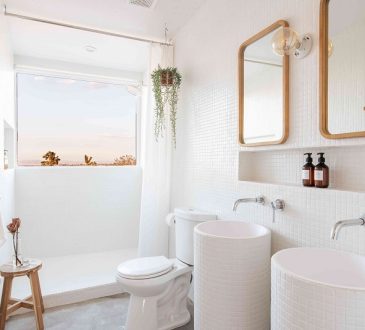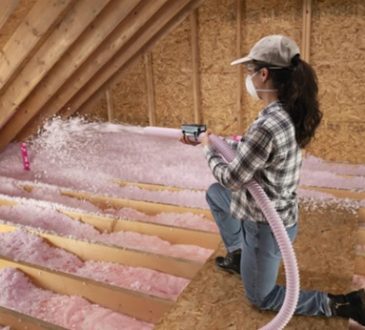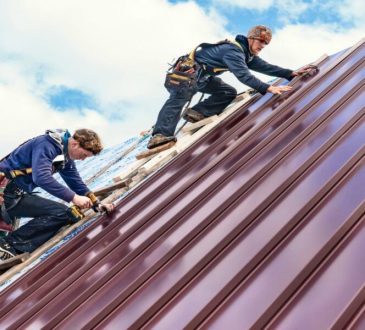
In a world increasingly focused on reducing environmental impact and making conscious lifestyle decisions, home design is evolving — and flooring is no exception. Wooden flooring has long been celebrated for its warmth, natural beauty, and durability. But now, it’s also at the center of a green revolution. Eco-friendly wooden flooring is becoming a preferred choice for homeowners, designers, and builders who want to blend style with sustainability.
This blog explores what makes wooden flooring eco-friendly, the best sustainable options available, and how you can make a greener choice without compromising on aesthetics or quality.
What Makes Wooden Flooring Eco-Friendly?
Not all wooden floors are created equal. While wood is a natural material, how it’s sourced, treated, and installed plays a significant role in its environmental impact.
Here are key factors that make wooden flooring sustainable:
Responsibly Sourced Wood: Sustainably harvested wood comes from forests managed to maintain biodiversity and forest regeneration. Look for certifications like FSC (Forest Stewardship Council) or PEFC (Programme for the Endorsement of Forest Certification) to ensure the wood is ethically sourced.
Reclaimed or Recycled Wood: Using reclaimed wood from old buildings, barns, or factories gives new life to old materials. This reduces the need for fresh lumber and adds a rich, characterful history to your flooring.
Low-VOC Finishes and Adhesives: Many traditional floor treatments release volatile organic compounds (VOCs), which are harmful to indoor air quality. Eco-friendly options use water-based or natural oil finishes that are much healthier for you and the planet.
Durability and Longevity: Choosing high-quality, durable flooring reduces the need for replacements, which lowers waste and consumption over time — a core principle of sustainability.
Top Eco-Friendly Wooden Flooring Options
If you’re looking to invest in wooden flooring with a lower carbon footprint, here are some of the best choices:
Bamboo Flooring
Though technically a grass, bamboo is fast-growing, renewable, and incredibly strong — making it a popular alternative to hardwood. However, not all bamboo flooring is created equal. Choose strand-woven bamboo that is formaldehyde-free and FSC-certified for the most sustainable results.
Reclaimed Hardwood Flooring
Old oak, pine, or maple boards salvaged from demolition projects can be repurposed into beautiful, one-of-a-kind floors. This is one of the greenest choices because it avoids new resource extraction altogether.
Cork Flooring
Harvested from the bark of the cork oak tree (without cutting it down), cork regenerates every 9 years, making it an ultra-renewable option. While not a traditional wood floor, cork mimics the look and feel, and adds natural sound insulation.
Engineered Wood with Eco-Conscious Core
Unlike solid hardwood, engineered wood uses a thin veneer of hardwood over a core made of sustainable plywood or recycled fiberboard. Look for products made with formaldehyde-free glues and low-emission finishes.
Benefits Beyond the Environment
Opting for eco-friendly wooden flooring doesn’t just help the planet — it benefits your home and health as well:
Better Indoor Air Quality: Low-VOC and natural finishes reduce toxic fumes and allergens, especially important for children, pets, or people with sensitivities.
Unique Aesthetic Appeal: Reclaimed wood often has unique knots, grain patterns, and weathering that can’t be replicated in new materials.
Higher Resale Value: As sustainability becomes a selling point, eco-conscious homes — and features like green flooring — are more attractive to buyers.
Thermal and Acoustic Benefits: Natural wood retains warmth better than tile or stone and provides sound-dampening effects in multi-story homes.
Tips for Making the Right Sustainable Flooring Choice
Before making a purchase, here are some tips to ensure your wooden flooring is truly eco-friendly:
Ask for Certifications: Always check for FSC or PEFC labels to confirm responsible sourcing.
Read the Fine Print: Understand the adhesives and finishes used. Low- or zero-VOC products are key.
Think Local: If possible, choose wood species that are native to your region to reduce transportation emissions.
Plan for Longevity: Choose high-quality materials and proper installation to extend the life of your flooring.
Work With Green-Minded Installers: Partner with contractors who understand and respect sustainable building practices.
Final Thoughts
The rise of eco-friendly wooden flooring is a testament to the growing demand for sustainable living solutions. Whether you’re renovating a cozy apartment or designing your dream home from scratch, choosing greener flooring options is a step toward a more mindful, healthy, and environmentally responsible lifestyle.
With a wide range of beautiful, durable, and eco-conscious choices available, it’s never been easier to bring warmth to your home — and tread lightly on the planet.




